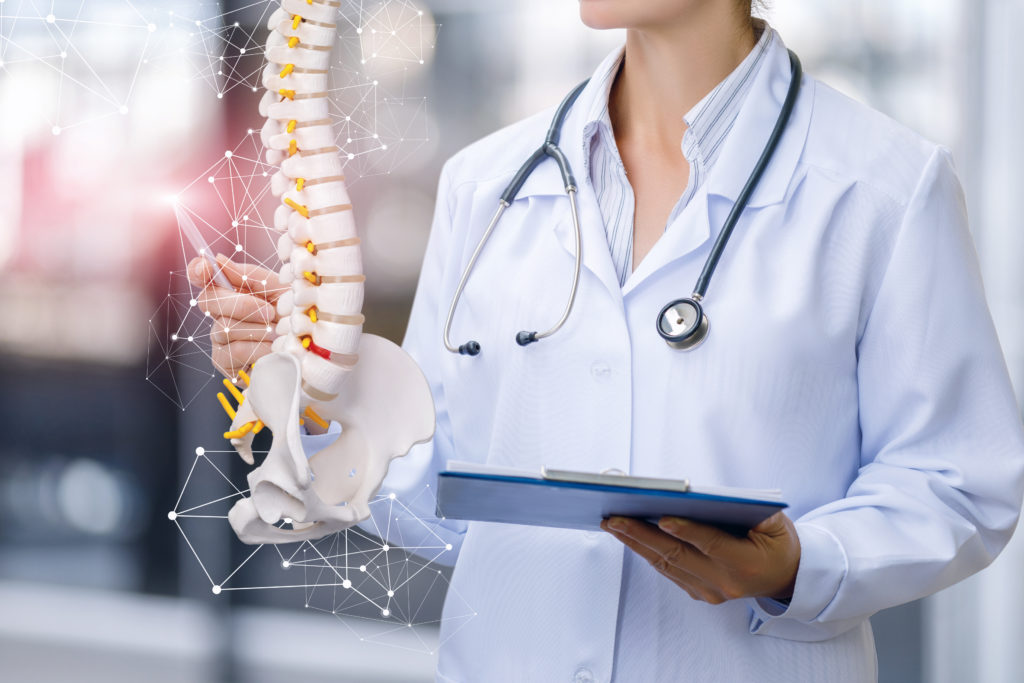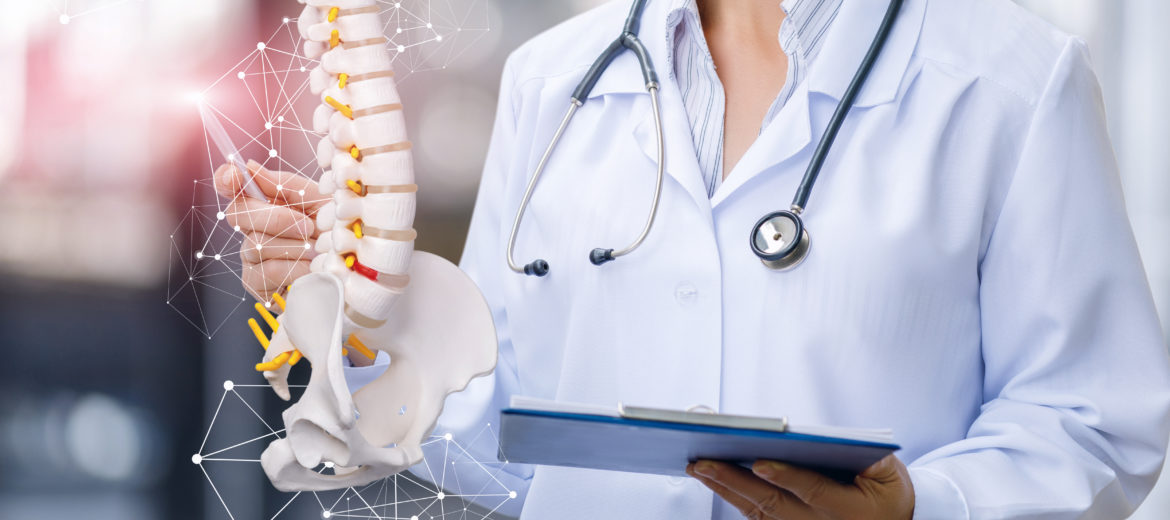
Feeling a little topsy-turvy and curvy? What exactly is scoliosis? This condition is characterized by a sideways curvature of the spine that has an unknown cause and most often occurs during the growth spurt just before puberty, although it can occur at any age. Scoliosis affects 2-4 % of children, and the prevalence increases with age, averaging around 20% in adults and 66% in adults over the age of 65.
That’s a lot of people! The degree to which scoliosis affects a person’s life varies greatly. While scoliosis in and of itself may not cause pain, the effects on the muscles, joints and posture almost always contribute to some discomfort.
WARNING SIGNS OF SCOLIOSIS
In most cases, one hip and/or one shoulder looks higher than the other, or one shoulder blade seems to be more pronounced than the other. In more advanced cases, back pain, an obvious curve in the spine, or ribs that stick out noticeably on one side, can be scoliosis indicators. Sometimes difficulty in breathing may occur.
TYPES OF ADULT SCOLIOSIS
The two types discussed in this section are: Adult Idiopathic Scoliosis and Adult Degenerative Scoliosis. In the case of Adult Idiopathic Scoliosis, the condition from childhood continues into adulthood. This is mostly seen in the thoracic and lumbar spine (lower back) with the basic appearance of shoulder asymmetry, a rib hump, or a prominence of the lower back on the side of the curvature. Unfortunately, these curves can worsen in an older patient due to disc degeneration and/or sagittal imbalance. Also, arthritis commonly affects joints of the spine and leads to the formation of bone spurs. Common symptoms include low back pain and stiffness, numbness, cramping, and shooting pain in the legs, as well as fatigue, as a result of strain on the muscles of the lower back and legs.
Adult Degenerative Scoliosis begins in the adult patient, due to degeneration of the discs, arthritis of the facet joints, and collapse and wedging of the disc spaces. This type of scoliosis is seen in the lumbar spine (lower back) and is often accompanied by straightening of the spine (a loss of lumbar lordosis). The most common symptoms associated with Adult Degenerative Scoliosis is back pain, numbness and shooting pain down the legs.
ARE THERE TREATMENTS FOR SCOLIOSIS?
Children with moderate and severe scoliosis will most likely need more interventions, such as bracing or even surgery in more severe cases. With older adults, physical therapy has proven to be very beneficial in not only helping to retrain your body to function more effectively, but also helping to increase range of motion and build strength, especially in areas that have been weakened through misalignment. Physical therapy has also been helpful for scoliosis patients who have muscles and joints that have stiffened over time. Massage therapy in combination with physical therapy will ease tension while redirecting movement. Additionally, electric stimulation and ice and heat applications can work wonders for back pain and stiffness.
CALL US!
At STRIVE, our team of highly trained healthcare providers and physical therapists are waiting to meet your needs. Remember, it’s never too late to begin scoliosis therapy.





